#Paolo Stoppa
Explore tagged Tumblr posts
Text

#movies#polls#becket#becket 1964#becket movie#60s movies#peter glenville#richard burton#peter o'toole#john gielgud#gino cervi#paolo stoppa#requested#have you seen this movie poll
76 notes
·
View notes
Text
















Miracle in Milan (1951)
#miracle in milan#vittorio de sica#francesco golisano#Emma gramatica#Paolo stoppa#Guglielmo barnabo#brunella bovo#talks
11 notes
·
View notes
Text

Gigi Proietti-Paolo Stoppa-Jodie Foster "La caseta de la risa" (Casotto) 1977, de Sergio Citti.
15 notes
·
View notes
Text
"La giustizia è morta"
#alberto sordi#mario monicelli#paolo stoppa#flavio bucci#stato pontificio#papa#roma#marchese del grillo#1981
9 notes
·
View notes
Text








Miracle in Milan (Miracolo a Milano) (1951) Vittorio De Sica
January 27th 2024
#miracle in milan#Miracolo a Milano#1951#vittorio de sica#francesco golisano#brunella bovo#emma gramatica#arturo bragaglia#erminio spalla#riccardo bertazzolo#Guglielmo Barnabò#paolo stoppa#I poveri disturbano#mubi
2 notes
·
View notes
Text










1954 tales of Naples from Vittorio de Sica
0 notes
Text
Per Testori il luogo privilegiato delle intersezioni intermediali è costituito dal teatro
La figura di Testori può essere pienamente inserita nella categoria del «doppio talento», codificata dagli studi di Visual Culture in riferimento agli artisti-scrittori e agli scrittori-artisti. <5 Senza contare le molteplici declinazioni sperimentate dalla sua scrittura (romanzi, racconti, componimenti poetici, drammi, saggi, articoli), la Doppelbegabung si manifesta con straordinaria evidenza…

View On WordPress
#1954#1975#1986#1993#Adriana Innocenti#Andrea Soffiantini#arte#critica#Ennio Morlotti#Franca Valeri#Francesca Longo#Franco Parenti#Gaudenzio Ferrari#Giacomo Paracca#Giovanni Testori#letteratura#Lilla Brignone#Paolo Stoppa#pittura#Rina Morelli#Samuele Gabai#Sergio Fantoni#teatro#Tino Carraro
0 notes
Text
Per Testori il luogo privilegiato delle intersezioni intermediali è costituito dal teatro
La figura di Testori può essere pienamente inserita nella categoria del «doppio talento», codificata dagli studi di Visual Culture in riferimento agli artisti-scrittori e agli scrittori-artisti. <5 Senza contare le molteplici declinazioni sperimentate dalla sua scrittura (romanzi, racconti, componimenti poetici, drammi, saggi, articoli), la Doppelbegabung si manifesta con straordinaria evidenza…

View On WordPress
#1954#1975#1986#1993#Adriana Innocenti#Andrea Soffiantini#arte#critica#Ennio Morlotti#Franca Valeri#Francesca Longo#Franco Parenti#Gaudenzio Ferrari#Giacomo Paracca#Giovanni Testori#letteratura#Lilla Brignone#Paolo Stoppa#pittura#Rina Morelli#Samuele Gabai#Sergio Fantoni#teatro#Tino Carraro
0 notes
Text
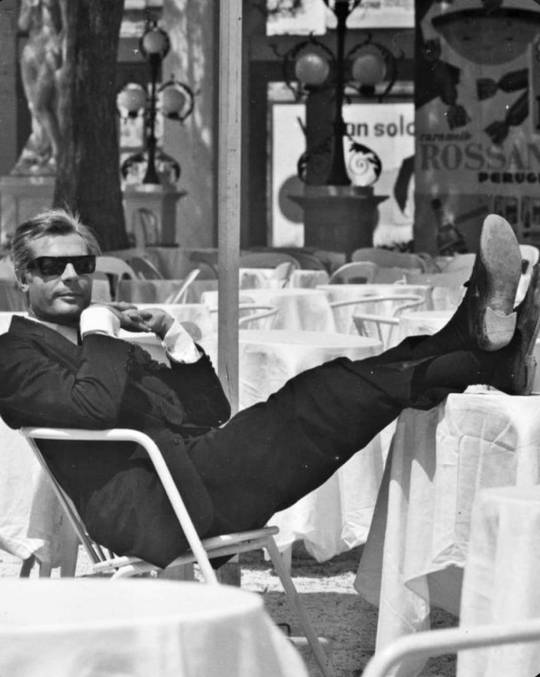
“A Roma, dopo la guerra, facevo il contabile in una casa cinematografica: la Rank Film. Non ero riuscito a inserirmi nell’industria edilizia e una cugina m’aveva trovato quel posto alla Rank. Qui lavoravo, o fingevo di lavorare, con cinque donne: in una stanza tappezzata con i ritratti di attori come James Mason, Patricia Neal, Margaret Lockwood, Phyllis Calvert. Forse influenzato da ciò, lasciavo che le cinque donne sgobbassero per me e passavo le giornate leggendo ad alta voce libri di poesie. Leggevo bene. Un giorno, la signora della stanza accanto mi disse:
«Ho un cognato che recita all’università, vuole che gli parli di lei?». «Magari, risposi». Guadagnavo 28mila lire al mese che se ne andavano in medicine per mio padre ammalato. Mai un cinematografo, mai uno svago, tutt’al più un po’ di biliardo. Mi iscrissi all’università, facoltà di Economia e commercio, per frequentare l’Accademia d’arte drammatica. Mi piacque. Recitai due anni mentre gli amici del quartiere mi prendevano in giro: «Ecché, se’ diventato frocio?».
Poi Luchino Visconti mi vide, per caso, e mi mandò a chiamare: gli serviva un giovane e pensava di scritturarmi. Dissi: «Quanto?». Rispose: «2.500 al giorno». «75mila al mese, Gesù!». Lasciai subito la Rank e per mesi non confessai nulla a mia madre: ogni mattina continuavo a uscire alle otto e a dire che andavo in ufficio. Mi ci volle coraggio per confessare la verità. Lei la prese bene ma sussurrò: «Figlio mio, durerà?». Lo ripete ancora: «Figlio mio, stacci attento. Con tutti i camerieri che hai, con quel che costa la vita. Un buon impiego sarebbe stato meglio». È convinta che, se fossi entrato alle Ferrovie dello Stato, ora sarei capostazione e avrei i biglietti gratis per la famiglia.
Io ho avuto tanta fortuna, solo fortuna. La fortuna che a Visconti servisse un giovanotto rozzo come me. La fortuna che la sua compagnia fosse la più importante e allineasse attori come Ruggero Ruggeri, Paolo Stoppa, Rina Morelli, Vittorio Gassman. La fortuna che Gassman se ne andasse e io prendessi il suo posto. La fortuna che mi offrissero il cinema, infine, grazie a questo nasino che detesto. Ma il successo di un attore non è quasi mai legato a ragioni nobili e serie. A me si addice la battuta che c’è in un film di Federico Fellini: «Ho troppe qualità per essere un dilettante e non ne ho abbastanza per essere un professionista»."
Marcello Mastroianni
Marcello in 8½ di Fellini
101 notes
·
View notes
Text

#movies#polls#the marquis of grillo#marquis of grillo#il marchese del grillo#80s movies#mario monicelli#alberto sordi#paolo stoppa#caroline berg#requested#have you seen this movie poll
39 notes
·
View notes
Text
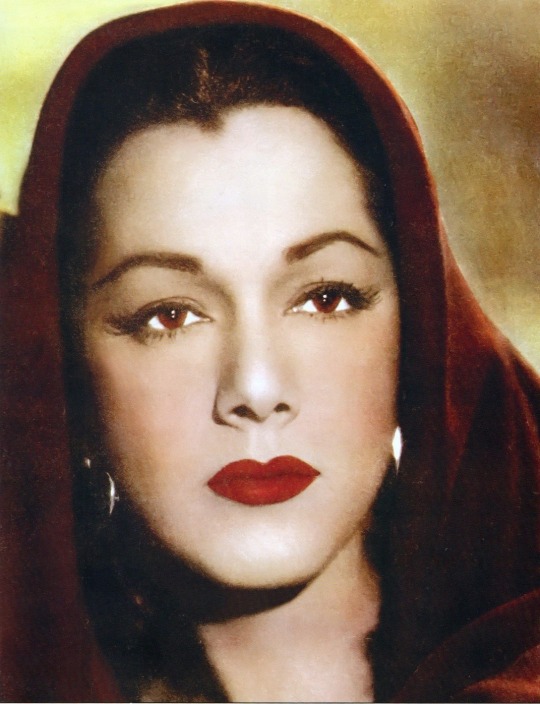

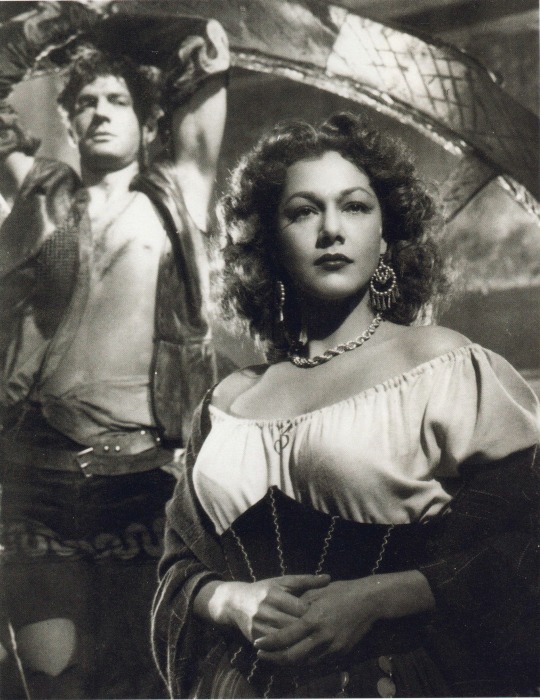
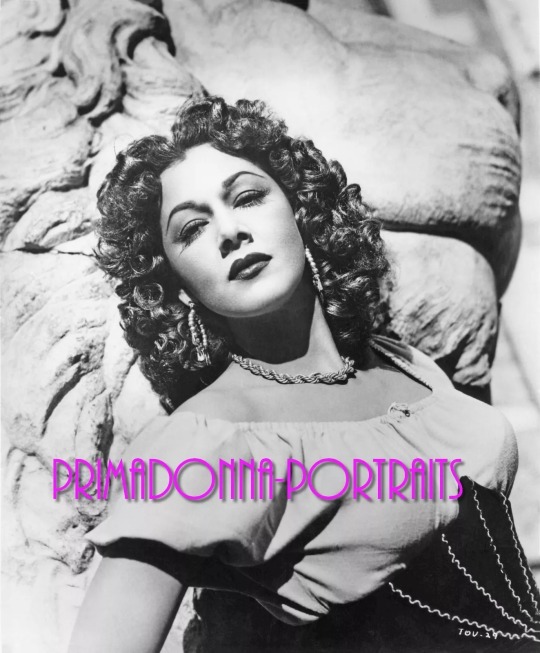
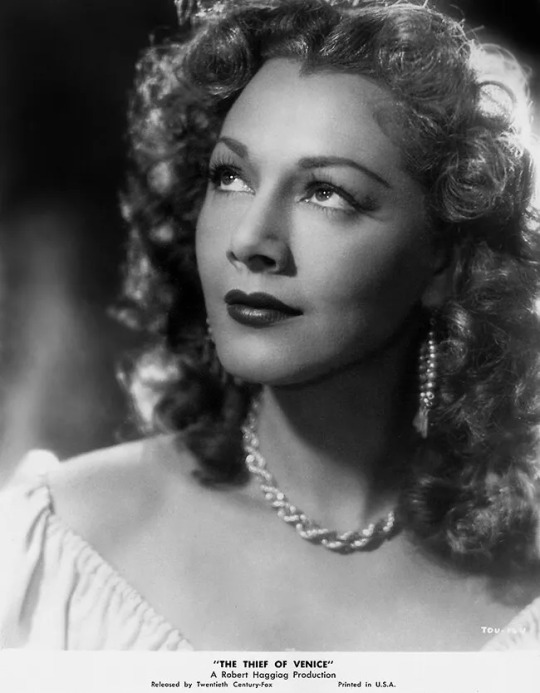

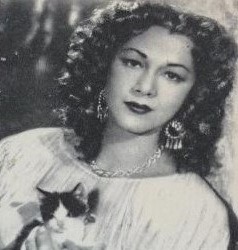


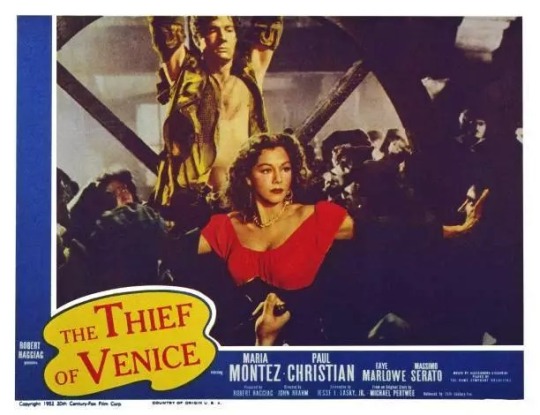
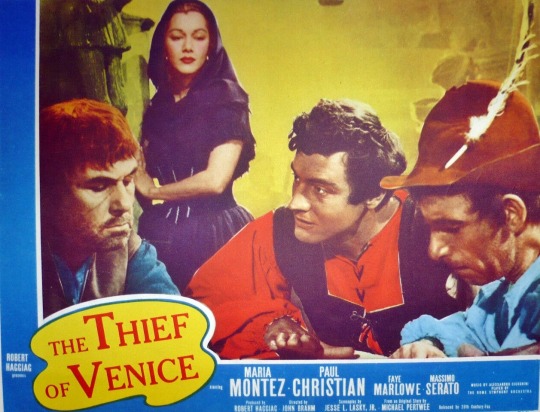
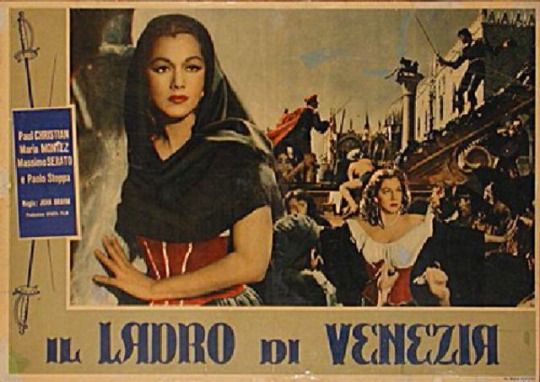
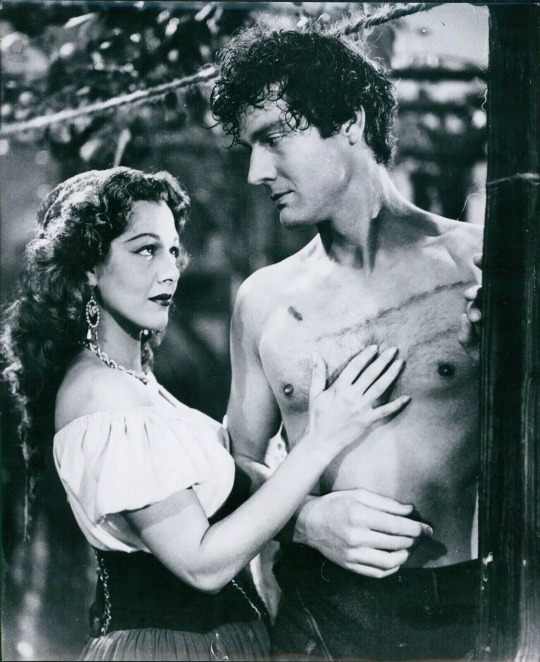
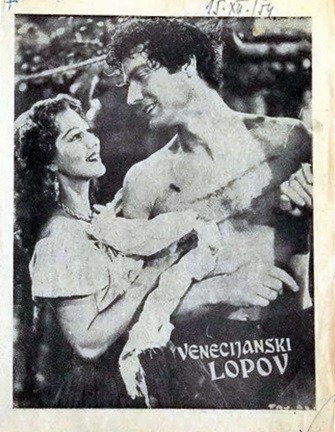
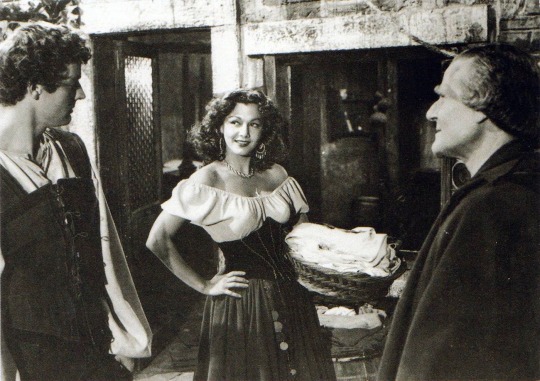
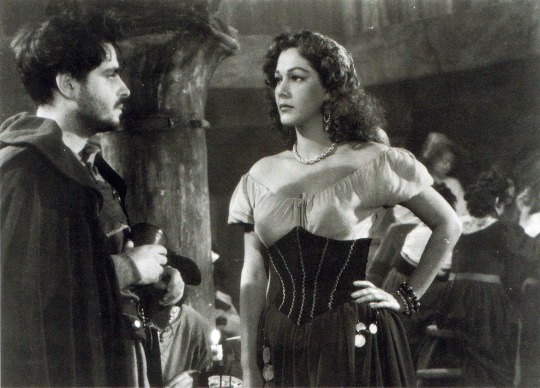
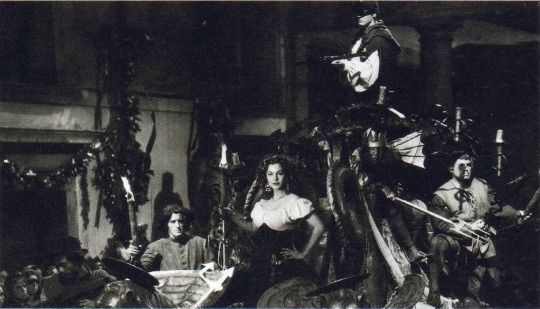
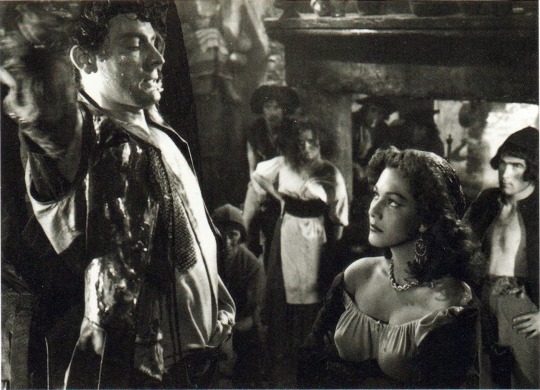
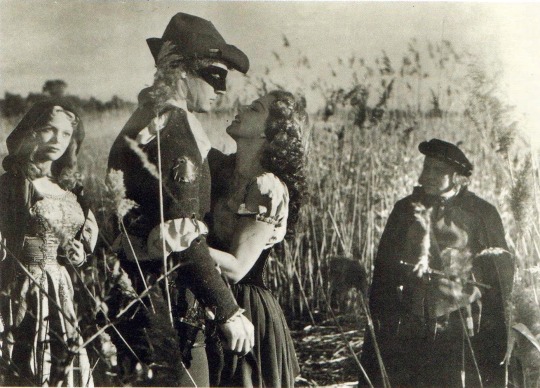

Il Ladro di Venezia, 1950
"Il Ladro di Venezia" is a 1950 Italian film directed by John Brahm. The US title was "The Thief of Venice".
It was released in the US two years after being made.
Plot (it may contain spoilers)
In 1575 Venice, the Doge has just died and Scarpa the Grand Inquisitor leads a plot to seize control of Venice.
Disani, a popular admiral works to stop the Grand Inquisitor's power grab with the help of Lorenzo, one of his officers. They manage to get back to Venice in record time by promising the galley slaves their freedom. When they arrive back Disani is killed and Lorenzo goes into hiding.
Lorenzo continues the fight against Scarpa, who plans to marry Disani's daughter Francesca. Lorenzo and Francesca fall in love even though Lorenzo is also loved by tavern girl Tina.
Lorenzo's rebellion against Scarpa is successful.
Cast
Maria Montez - Tina
Paul Christian - Alfiere Lorenzo Contarini
Massimo Serato - Scarpa the Inquisitor
Faye Marlowe - Francesca Disani
Aldo Silvani - Capt. von Sturm
Luigi Saltamerenda - Alfredo
Guido Celano - Polo
Umberto Sacripante - Durro
Camillo Pilotto - Adm. Disani
Ferdinando Tamberlani - Lombardi
Liana Del Balzo - Duenna
Paolo Stoppa - Marco
Mario Tosi - Mario
Vinicio Sofia - Grazzi
Leonardo Scavino - Sharp Eye
Shooting
Filming started November 1949 and went until February. Then it resumed in June. The movie was shot on location in Italy with studio work done at Scalera Studios. Filming finished by March 1950.
While filming a scene in the canal, Maria Montez almost drown herself, that's why when the filming ended, she decided to write her will.
It was released in Rome on the 22nd December 1950 and Maria's character was highly praised by the press & critics.
Here you can watch part 1, part 2, part 3 & part 4
Scans from "María Montez: La Reina del Technicolor", book written by Antonio Pérez Arnay & ebay.
#María Montez#Maria Montez#1950 Maria#Il Ladro di Venezia#1950 Il Ladro di Venezia#The Thief of Venice#1950The Thief of Venice#John Brahm#Paul Christian#Faye Marlowe#María Montez: La Reina del Technicolor#María Montez La Reina del Technicolor#Antonio Pérez Arnay#actress#The Queen of Technicolor#La Reina del Tecnicolor#on this day#OTD#youtube
20 notes
·
View notes
Text





The Last Judgement (1961)
5 notes
·
View notes
Text
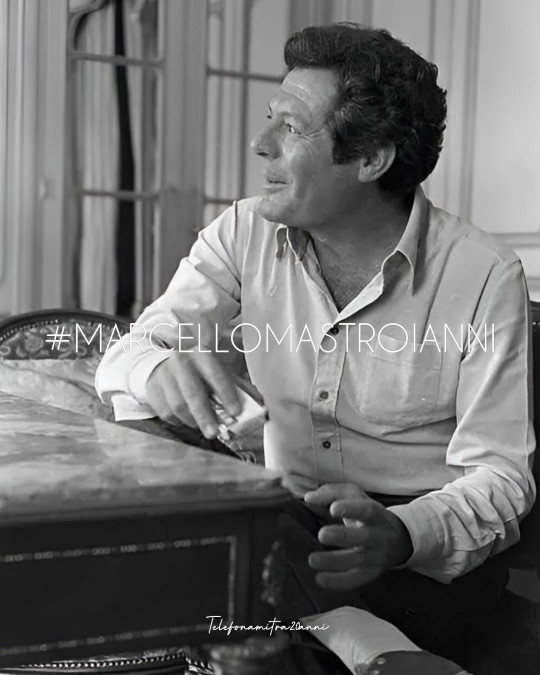
Te lo racconto (al telefono) io.
A Roma, dopo la guerra, facevo il contabile in una casa cinematografica: la Rank Film. Non ero riuscito a inserirmi nell’industria edilizia e una cugina m’aveva trovato quel posto alla Rank. Qui lavoravo, o fingevo di lavorare, con cinque donne: in una stanza tappezzata con i ritratti di attori come James Mason, Patricia Neal, Margaret Lockwood, Phyllis Calvert. Forse influenzato da ciò, lasciavo che le cinque donne sgobbassero per me e passavo le giornate leggendo ad alta voce libri di poesie. Leggevo bene. Un giorno, la signora della stanza accanto mi disse:
«Ho un cognato che recita all’università, vuole che gli parli di lei?». «Magari, risposi». Guadagnavo 28mila lire al mese che se ne andavano in medicine per mio padre ammalato. Mai un cinematografo, mai uno svago, tutt’al più un po’ di biliardo. Mi iscrissi all’università, facoltà di Economia e commercio, per frequentare l’Accademia d’arte drammatica. Mi piacque. Recitai due anni mentre gli amici del quartiere mi prendevano in giro: «Ecché, se’ diventato frocio?». Poi Luchino Visconti mi vide, per caso, e mi mandò a chiamare: gli serviva un giovane e pensava di scritturarmi. Dissi: «Quanto?». Rispose: «2.500 al giorno». «75mila al mese, Gesù!». Lasciai subito la Rank e per mesi non confessai nulla a mia madre: ogni mattina continuavo a uscire alle otto e a dire che andavo in ufficio. Mi ci volle coraggio per confessare la verità. Lei la prese bene ma sussurrò: «Figlio mio, durerà?». Lo ripete ancora: «Figlio mio, stacci attento. Con tutti i camerieri che hai, con quel che costa la vita. Un buon impiego sarebbe stato meglio». È convinta che, se fossi entrato alle Ferrovie dello Stato, ora sarei capostazione e avrei i biglietti gratis per la famiglia.
Io ho avuto tanta fortuna, solo fortuna. La fortuna che a Visconti servisse un giovanotto rozzo come me. La fortuna che la sua compagnia fosse la più importante e allineasse attori come Ruggero Ruggeri, Paolo Stoppa, Rina Morelli, Vittorio Gassman. La fortuna che Gassman se ne andasse e io prendessi il suo posto. La fortuna che mi offrissero il cinema, infine, grazie a questo nasino che detesto. Ma il successo di un attore non è quasi mai legato a ragioni nobili e serie. A me si addice la battuta che c’è in un film di Federico Fellini: «Ho troppe qualità per essere un dilettante e non ne ho abbastanza per essere un professionista».

#marcello mastroianni#best actor#movies#federico fellini#latin lover#telefonamitra20anni#mastroianni#racconti al telefono#storytelling#biografia#biografy
7 notes
·
View notes
Text
"A Roma, dopo la guerra, facevo il contabile in una casa cinematografica: la Rank Film. Non ero riuscito a inserirmi nell’industria edilizia e una cugina m’aveva trovato quel posto alla Rank. Qui lavoravo, o fingevo di lavorare, con cinque donne: in una stanza tappezzata con i ritratti di attori come James Mason, Patricia Neal, Margaret Lockwood, Phyllis Calvert. Forse influenzato da ciò, lasciavo che le cinque donne sgobbassero per me e passavo le giornate leggendo ad alta voce libri di poesie. Leggevo bene. Un giorno, la signora della stanza accanto mi disse:
«Ho un cognato che recita all’università, vuole che gli parli di lei?». «Magari, risposi». Guadagnavo 28mila lire al mese che se ne andavano in medicine per mio padre ammalato. Mai un cinematografo, mai uno svago, tutt’al più un po’ di biliardo. Mi iscrissi all’università, facoltà di Economia e commercio, per frequentare l’Accademia d’arte drammatica. Mi piacque. Recitai due anni mentre gli amici del quartiere mi prendevano in giro: «Ecché, se’ diventato frocio?».
Poi Luchino Visconti mi vide, per caso, e mi mandò a chiamare: gli serviva un giovane e pensava di scritturarmi. Dissi: «Quanto?». Rispose: «2.500 al giorno». «75mila al mese, Gesù!». Lasciai subito la Rank e per mesi non confessai nulla a mia madre: ogni mattina continuavo a uscire alle otto e a dire che andavo in ufficio. Mi ci volle coraggio per confessare la verità. Lei la prese bene ma sussurrò: «Figlio mio, durerà?». Lo ripete ancora: «Figlio mio, stacci attento. Con tutti i camerieri che hai, con quel che costa la vita. Un buon impiego sarebbe stato meglio». È convinta che, se fossi entrato alle Ferrovie dello Stato, ora sarei capostazione e avrei i biglietti gratis per la famiglia.
Io ho avuto tanta fortuna, solo fortuna. La fortuna che a Visconti servisse un giovanotto rozzo come me. La fortuna che la sua compagnia fosse la più importante e allineasse attori come Ruggero Ruggeri, Paolo Stoppa, Rina Morelli, Vittorio Gassman. La fortuna che Gassman se ne andasse e io prendessi il suo posto. La fortuna che mi offrissero il cinema, infine, grazie a questo nasino che detesto. Ma il successo di un attore non è quasi mai legato a ragioni nobili e serie. A me si addice la battuta che c’è in un film di Federico Fellini: «Ho troppe qualità per essere un dilettante e non ne ho abbastanza per essere un professionista»."
- Marcello Mastroianni

4 notes
·
View notes
Text
Luchino Visconti
Luchino Visconti ou Luchino Visconti di Modrone, conde de Lonate Pozzolo (Milão, 2 de novembro de 1906 — Roma, 17 de março de 1976) foi um dos mais importantes directores de cinema italianos. Era descendente da nobre família milanesa dos Visconti.
Biografia
Filho de Giuseppe Visconti, o duque de Grazzano e de Carla Erba, herdeira de uma grande empresa farmacêutica, Luchino tinha mais seis irmãos. Prestou o serviço militar como suboficial de cavalaria, em 1926, no Piemonte, e viveu os anos de sua juventude cuidando dos cavalos de sua propriedade. Além disso, frequentou ativamente o mundo da lírica e do melodrama, que tanto o influenciou.
Foi para a França, onde se tornou amigo de Coco Chanel e, através dela, em 1936, foi apresentado ao cineasta Jean Renoir, com quem trabalhou no filme Une partie de campagne. Em 1937, passou por Hollywood, antes de retornar a Roma. Na capital italiana, trabalhou com Renoir na direção da ópera Tosca.
A partir de 1940, ligou-se aos intelectuais que faziam o jornal Cinema e vendeu jóias da família para realizar seu primeiro filme, Ossessione, em 1943, com Clara Calamai e Massimo Girotti. No fim da Segunda Guerra Mundial realizou o segundo filme, o documentário Giorni di gloria. Contratado pelo Partido Comunista Italiano para realizar três filmes sobre pescadores, mineiros e camponeses da Sicília, acabou por fazer apenas um, A Terra Treme.Clara Calamai e Massimo Girotti em Ossessione (1943)
Em 1951 ele filmou Bellissima , com a grande atriz italiana Anna Magnani , Walter Chiari e Alessandro Blasetti . O primeiro filme colorido foi em 1954, Senso com Alida Valli e Farley Granger . O primeiro grande prêmio da crítica chega em 1957, quando ele recebe o Leão de Ouro do Festival Internacional de Cinema de Veneza pelo filme" Noites Brancas ", uma transposição delicada e poética de uma história de Fiódor Dostoiévski , com Marcello Mastroianni , Maria Schell e Jean Marais .
O primeiro sucesso de bilheteria viria em 1960 com Rocco e Seus Irmãos , a saga de uma humilde família de calabreses que emigrava para Milão. Foi o filme que consagrou o ator francês Alain Delon ao lado de Annie Girardot e Renato Salvatori . No ano seguinte ele se juntou a Vittorio De Sica , Federico Fellini e Mario Monicelli no filme de episódios Boccaccio 70 . O episódio de Visconti é estrelado por Tomas Milian , Romy Schneider , Romolo Valli e Paolo Stoppa .
Em 1963 dirigiu seu maior sucesso comercial e um dos filmes mais elogiados pela crítica, o grandioso O Leopardo , com três horas de duração e extraído do romance homônimo de Giuseppe Tomasi di Lampedusa , vencedor da Palma de Ouro do Festival de Cannes , que conta a história da transição da nobreza para o populismo na Sicília, nos tempos da Unificação Italiana . O filme tem um elenco estelar onde destacam Burt Lancaster , Claudia Cardinale e Alain Delon.
Vaghe stelle dell'Orsa…, um mergulho inquieto e melancólico na capacidade dos seres sensíveis para se destruírem amorosamente, com Claudia Cardinale e Jean Sorel, realizado em 1965, foi a obra seguinte. Em 1970, ele conheceu o fracasso de uma obra sua, com O Estrangeiro, extraído do livro homônimo de Albert Camus e realiza também La caduta degli dei que lançou o actor Helmut Berger.
Com o sensível e refinado Morte em Veneza (1971), protagonizado por Dirk Bogarde e baseado na obra de Thomas Mann, ele voltou a se encontrar com o sucesso de público e de crítica. O filme conta a história de Gustav Aschenbach, um compositor que vai passar férias em Veneza, e acaba por viver uma grande e inesperada paixão, que iniciaria a sua completa destruição. O filme faz uma abordagem do conceito filosófico de beleza, assim como a passagem do tempo a importância da juventude nas nossas vidas. O filme seguinte foi o grandioso, mas decepcionante, Ludwig, com Helmut Berger e Romy Schneider. Durante as filmagens de Ludwig, ele sofreu um ataque cardíaco que o prendeu a uma cadeira de rodas até a sua morte, em 1976.
Mesmo com muita dificuldade, Luchino Visconti ainda fez dois filmes, Violência e Paixão (Gruppo di famiglia in un interno) e L'innocente, sua derradeira obra, versão do romance de Gabriele d'Annunzio que registra brilhantes interpretações de Giancarlo Giannini e Laura Antonelli.
Vida pessoal e morte
Apesar dos casos amorosos vividos, em diferentes períodos, com várias mulheres, como a estilista Coco Chanel, com as atrizes Clara Calamai (1909 – 1998), María Denis (1916 – 2004), Marlene Dietrich e com a escritora Elsa Morante, Visconti jamais escondeu sua homossexualidade, explicitamente referida em muitos dos seus filmes e nas montagens teatrais que dirigiu. Segundo Visconti, em sua autobiografia, ele e o rei Humberto II da Itália tiveram um relacionamento amoroso durante a juventude na década de 1920. Nos anos 1930, em Paris, teve um relacionamento com o fotógrafo Horst P. Horst. Entre o final dos anos 1940 e o início dos 1950, já consagrado como diretor, manteve uma longa relação afetiva e profissional com o seu então cenógrafo Franco Zeffirelli, que vivia então na villa do diretor, na via Salária, em Roma.
Depois de 1965, Visconti foi ligado ao ator austríaco Helmut Berger , que também atuou em alguns de seus filmes. A relação se manteve, com altos e baixos, até a morte de Visconti, em 1976.

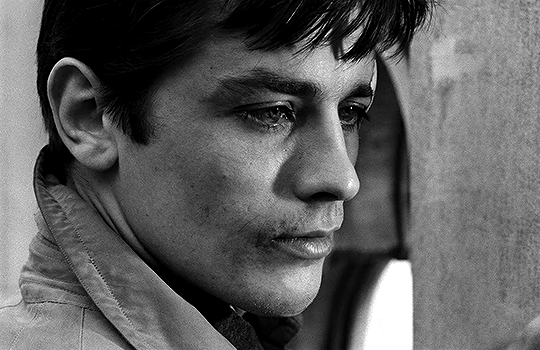


ALAIN DELON Rocco and His Brothers (1960) dir. Luchino Visconti
2K notes
·
View notes
